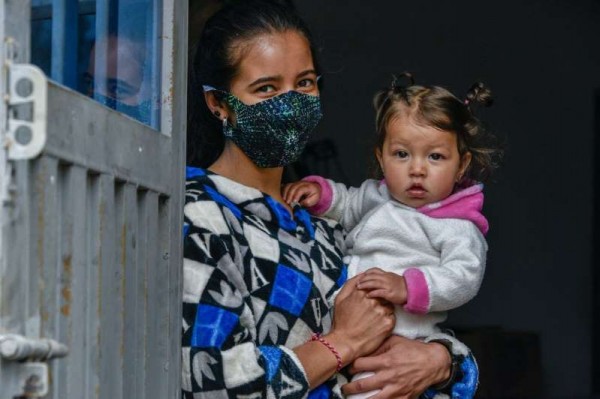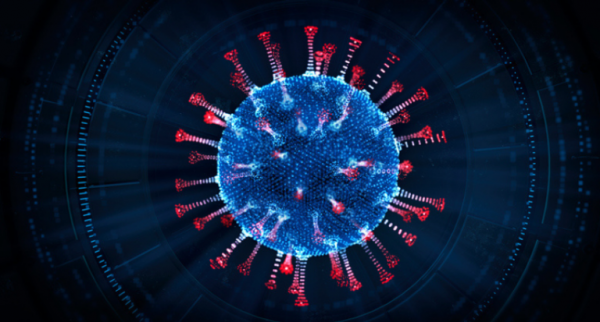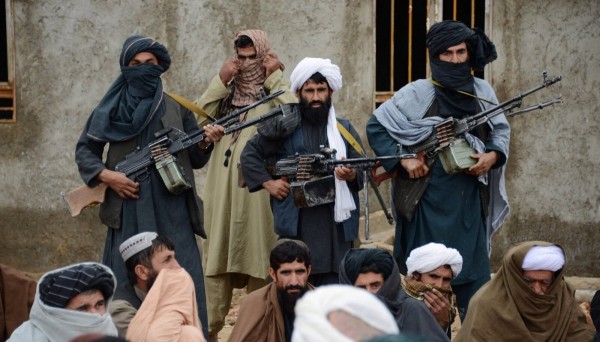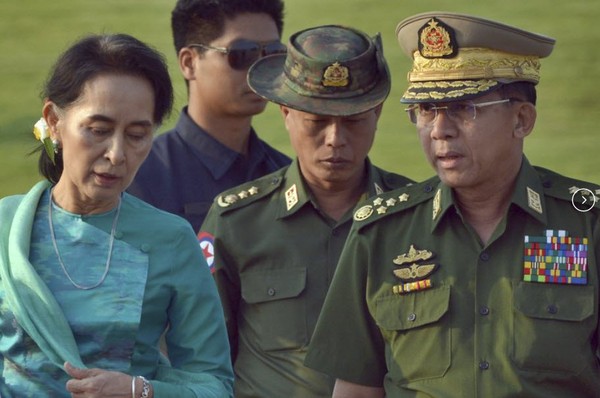POLITICO A Second Covid Crisis Is Coming By David Miliband and Sheryl Sandberg
Rahvusvahelised uudised | 24 Apr 2020 | EWR
Early numbers indicate that Covid-19 hospitalizes and kills more men than women. But in terms of its total impact on people’s lives, the virus will hurt women and girls most—especially in the poorest countries, but in the United States, too.
https://www.msn.com/en-ca/heal...
If governments, companies and nonprofits address this reality, we can protect and even advance the gains we’ve made in the global struggle for equality. If not, we will move backward.
First, there’s the caregiving burden. Women represent 70 percent of the global health care workforce, and according to a recent analysis by the International Rescue Committee and the humanitarian organization CARE, women perform more than three times the unpaid care work that men perform. This can be life-threatening; during the Ebola outbreak in West Africa in 2014 and 2015, women and girls represented two-thirds of infections because of their increased exposure in caring for family members and patients. It can also be painful in other ways; if a family member fell ill with Ebola, women were stigmatized for keeping an unclean home.
Second, violence against women rises when people are trapped in their homes. A recent assessment in China showed increased gender-based violence during their Covid-19 lockdowns. Spain and France have seen similar spikes in police calls about domestic violence. United Nations Secretary General Antonio Guterres pointed last week to the “horrifying surge” in domestic violence around the world—a shadow pandemic unfolding behind closed doors.
Third, maternal health risks rise during pandemics. Health providers are overwhelmed by the outbreak, which means fewer doctors and medical supplies available for pregnant women. Plus, many women fear going to the hospital to deliver. It’s been estimated that during the 2014 Ebola outbreak in Sierra Leone, there were an additional 3,600 maternal deaths, neonatal deaths and stillbirths due to insufficient care.
While these problems are particularly acute in developing economies, women in the U.S. experience them too. Gender-based violence is on the rise. More than 9,000 health care workers have been infected, nearly three-quarters of whom are women. And the pandemic is buffeting women economically. Research by LeanIn.Org has found that, so far, more than a third of women in the U.S. have experienced a major disruption to their income because of the pandemic—including being laid off, furloughed, receiving a pay cut or having their hours reduced. Black women are twice as likely as white men to report one of these setbacks.
We can combat these trends if we make supporting and protecting women and girls a real priority.
That begins with the basics. Organizations and countries must measure how women and girls specifically are impacted. That won’t always be easy. GBV, for example, is already notoriously underreported, and it’s going to be harder and harder for women to report if they are confined in the same space as their abuser. Furthermore, what is true now in terms of women’s needs might not be true later in the pandemic. For example, women might become less and less likely to access services as health centers get more overwhelmed; psychological support might become more critical as lockdowns drag on and abuse increases. We need to keep asking and knowing what’s going on with women to plan and adjust our response.
To do this effectively, women must be involved in all aspects of the design of coronavirus response programs, to ensure they aren’t just gender-equal, but that they also address the specific needs of women. As the IRC-CARE report put it, “There is neither gender balance nor a gender lens in global Covid-19 decision-making.” That has to change.
Reducing gender-based violence must be part of the emergency response from the start. Too many governments are realizing too late that women dealing with violence at home need extra help, including safe places to quarantine. GBV services must be included in emergency funding. Aid workers who assist survivors of violence must receive personal protective equipment, like masks and gloves. And services like case management for survivors should be moved online, rather than putting them on hold until this is over.
More broadly, humanitarian aid programs aimed at women and girls need to adapt fast. For example, now that many kids are home from school, we need to take extra steps to make sure girls keep learning, instead of being consigned to domestic chores and caregiving. There are also programs that supply “dignity kits” with menstrual pads and extra clothing to girls who can’t afford them. Figuring out how to safely distribute these kits despite lockdowns would mean a lot to girls who depend on them.
Women, too, need access to quality and respectful health care with infection prevention control measures. Governments must ensure that when women give birth, they have somewhere to go that is safe and clean.
And in the United States, we must recognize that when we shortchange paid leave and fail to provide protections for our frontline workers—or a living wage for workers caring for our loved ones—we disproportionately hurt women.
None of this is rocket science. But sometimes it feels like it is. Designing programs with women and girls in mind is still the exception, not the rule. In the United Nations’ recent $2 billion humanitarian appeal focused on stopping Covid-19 from spreading to the world’s most vulnerable communities, the needs of women and girls didn’t get much attention at all. In fact, just one agency, the UN Population Fund, included gender-based violence in its plans—and of the 33 countries that submitted response plans to the UN appeal, only 5 mentioned GBV.
When emergencies strike, vulnerable people suffer most. That almost always means women and girls. Programs that help women and girls need more resources—fast. And everyone—governments, businesses, philanthropies and international agencies—must focus specifically on protecting women against the health, economic and social consequences of Covid-19. This can’t be an afterthought. It must be front and center. Otherwise, women and girls will be dealing with the fallout of the pandemic for years—even decades—to come.
Rahvusvahelised uudised
TRENDING

























